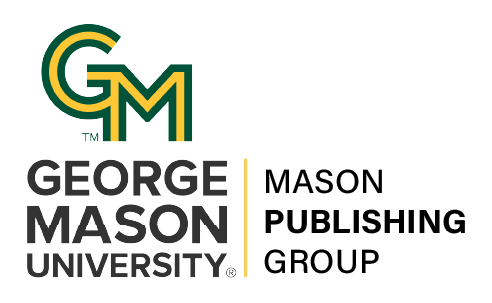Wonder-Infused Pedagogy: Bringing Joy Back into Learning
DOI:
https://doi.org/10.13021/G8itlcp.10.2018.2235Abstract
The work of wonder, as a pedagogical tool, draws from a long history and tradition in the sciences and philosophy, as evidenced by writings of scientists such as Feynman, Einstein and Carson as well as numerous philosophers such as Plato, Descartes and Coleridge. Wonder places the human experience at the center of that inquiry process as opposed to the science content itself. Forging a pedagogy of wonder demands connection to the emotive embodiment of science as a uniquely human process that nurtures our intense need to know. In addition, we can utilize abstract science ideas to elicit and evoke emotive connections to those scientific ideas (Hadzigergiou, 2016). This classroom effort endeavored to engage adult science learners in meaningful science content as a method to rekindle the aesthetic spirit of wondering about the world. As such, it will highlight the work of CEHD studentsâ engagement with wonder journaling, sketching wonders, utilizing digital capabilities and the culminating event of a wonder fair. This presentation will also articulate possibilities for practice across a broad array of university contexts.Published
2018-08-08
Issue
Section
Poster Session




